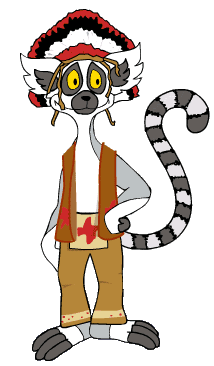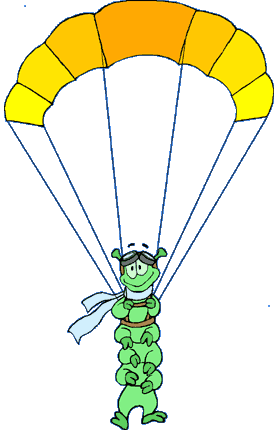
Softer, Tougher, Bouncier and Wilder:
Polymers Made - or Changed - by People

Natural Polymers as Inspiration to Make (or Improve) Polymers
Where oh where did anybody get the idea to make a polymer? Well, before people made polymers, they used polymers. You probably already knew that from the natural polymers page! Long, long ago, people from different parts of the world spun flax to make linen cloth, wore animal hides and fur, used silk worms to make silk, or gathered rubbery gunk that oozed out of the rubber tree. Oh, and don't forget lunch! They also ate starchy foods.
Well, people came along who were curious. They wondered what was going on, and why these materials act the way they do. They asked questions, and tried some ways to make the materials better. Sometimes they planned out an experiment, and sometimes luck - or a spill - gave them an answer.
 Let's look at some examples of how people learned to change natural polymers so they'd be easier or better to use.
Let's look at some examples of how people learned to change natural polymers so they'd be easier or better to use.
Tanning Leather
One example involves "curing" of the natural protein collagen found in animal hides. The process for doing this was "discovered" several times by early man. Probably millions of years ago, but most recently in the American West.
Rubber and Vulcanization
A second example involves nature-based elastomers. Natural rubber has been harvested from rubber trees for thousands of years. It wasn't used for anything important, though, because it started out soft and gooey, and then gradually became stiff and full of cracks. It wasn't till serendipity entered the picture that we learned how to make rubber durable and useful. Check out this link to find out how
crosslinking rubber makes it stronger and keeps it from melting when it gets hot.
From Poofy to Poof! Changing Cellulose
Some more interesting, and very important, examples of how we change natural polymers to improve their properties involve various forms of cellulose. The polymers below started out as cellulose, obtained from plant matter like trees or cotton, and then it was magically transformed into something different (magic being the realm of chemistry and biochemistry).

Making Polymers from Scratch -
The Lab Guys Cook Up Some Goo!!
When we couldn't buy enough silk or rubber that we needed...
Another way that natural polymers influenced synthetic polymers was during shortages, like during World War II when there wasn't enough silk or rubber to go around because we were at war with the countries that produced them. So people figured out ways to make their own polymers similar to these natural products - namely nylon and synthetic rubbers.
Synthetic Rubber:
Polyisoprene
SBS Rubber
Polybutadiene
Polyisobutylene
Silicone
Synthetic Silk:
Other Synthetic Polymers:
Synthetic Fleece: Polyester
Polyethylene
Polyester
Polyurethane
PVC
Saran
Polycarbonate
Epoxy Resins
Polystyrene
Polypropylene
PMMA
ABS

|
Return to Making Stuff |

|
Return to Main Page |
